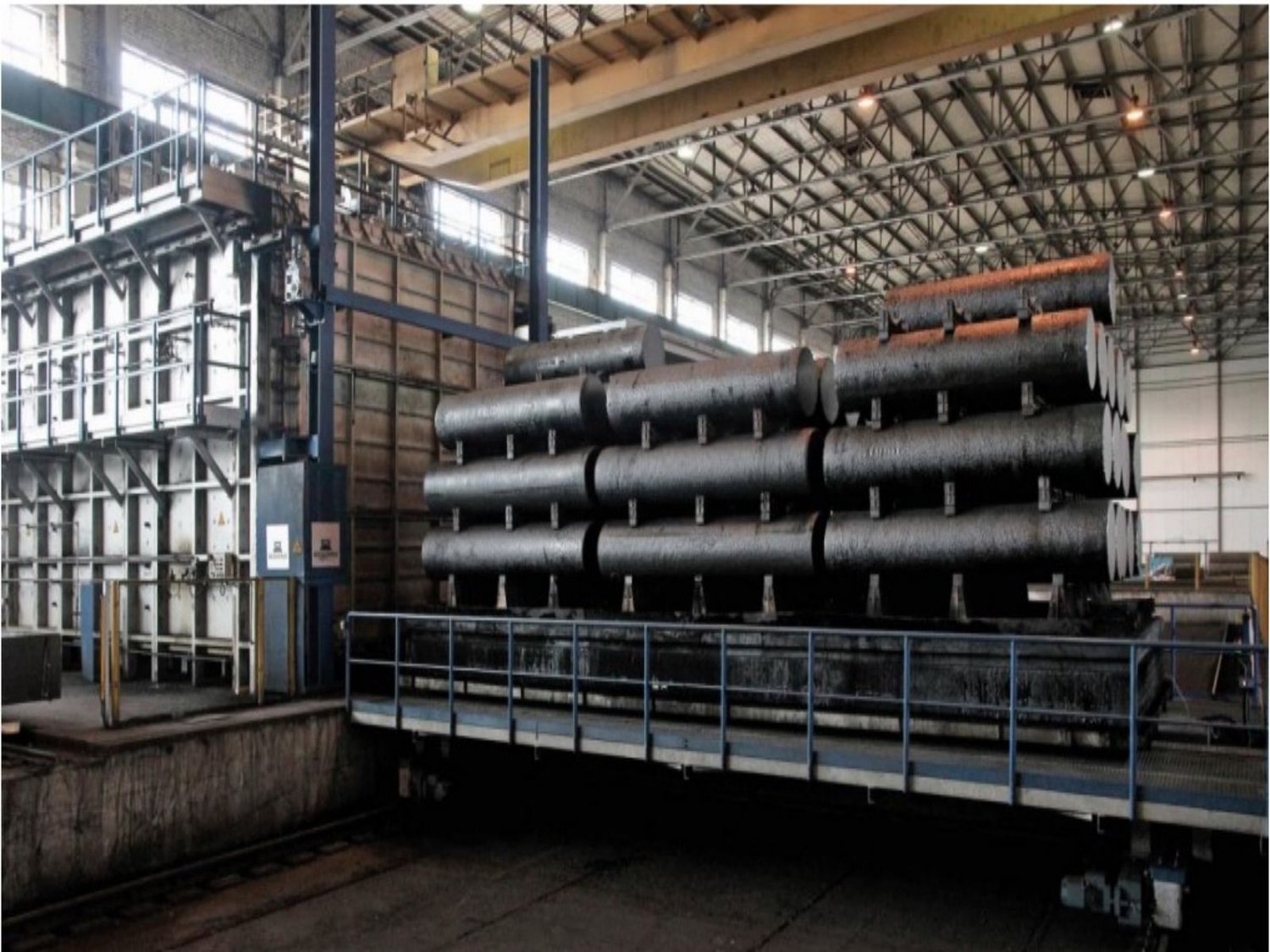Table of Contents

The Cost Comparison: Car Bottom Furnace vs. Conventional Methods
A car bottom furnace is a type of industrial furnace that is commonly used for heat treatment processes such as annealing, hardening, and tempering of metals. These furnaces offer numerous advantages over conventional methods, including energy efficiency and cost-effectiveness. In this article, we will compare the operating costs of a car bottom furnace with conventional methods to determine which option is more economical.
1. Energy Efficiency
One of the main advantages of a car bottom furnace is its energy efficiency. These furnaces are designed to provide uniform and precise heat distribution, resulting in reduced energy consumption. The insulation used in car bottom furnaces helps to minimize heat loss, thus requiring less energy to maintain the desired temperature. In contrast, conventional methods may involve higher energy consumption due to less advanced heat distribution techniques and less effective insulation.
2. Fuel Consumption
Car bottom furnaces generally have lower fuel consumption compared to conventional methods. These furnaces are designed to optimize fuel usage and reduce waste. The combustion systems in car bottom furnaces are often equipped with advanced controls that regulate fuel flow based on the specific requirements of the heat treatment process. Conventional methods, on the other hand, may result in higher fuel consumption due to less efficient combustion systems and lack of precise control.
3. Maintenance Costs
When it comes to maintenance costs, car bottom furnaces have an advantage over conventional methods. The design of car bottom furnaces allows for easy access to components, making maintenance and repairs more convenient. Additionally, car bottom furnaces often come with advanced diagnostic systems that help identify potential issues before they become major problems. Conventional methods may involve more complex maintenance procedures and higher costs for component replacements.
4. Lifespan
The lifespan of a car bottom furnace is generally longer than that of conventional methods. Car bottom furnaces are built with high-quality materials and undergo rigorous testing to ensure durability and longevity. These furnaces are designed to withstand high temperatures and heavy usage, resulting in a longer lifespan. Conventional methods may require more frequent replacements or repairs, which can add to the overall operating costs.
5. Labor Costs
Car bottom furnaces often require less manpower for operation compared to conventional methods. These furnaces are equipped with automated controls and programmable settings that minimize the need for manual intervention. This not only reduces labor costs but also increases productivity and efficiency. In contrast, conventional methods may require more manual labor, leading to higher labor costs and potentially slower process times.
6. Environmental Impact
Car bottom furnaces are designed with environmental considerations in mind. These furnaces utilize advanced combustion systems that minimize emissions and reduce the carbon footprint. The energy efficiency of car bottom furnaces also contributes to their lower environmental impact. On the other hand, conventional methods may involve higher emissions and energy waste, resulting in a greater environmental impact.
7. Process Control
Car bottom furnaces offer superior process control compared to conventional methods. These furnaces are equipped with advanced temperature and atmosphere control systems that ensure precise and consistent heat treatment. The programmable settings in car bottom furnaces allow for customization and optimization of the process parameters. Conventional methods may lack the same level of control, which can lead to variations in the quality of the heat treatment and potentially higher rejection rates.
8. Cost of Consumables
Car bottom furnaces generally have lower consumable costs compared to conventional methods. The design of these furnaces allows for efficient use of protective atmospheres and reduces the need for excessive consumption of consumables such as quenching oils or gases. Conventional methods may require larger quantities of consumables, resulting in higher costs and increased waste.
9. Flexibility
Car bottom furnaces offer greater flexibility compared to conventional methods. These furnaces can accommodate a wide range of part sizes and shapes, making them suitable for various heat treatment applications. The programmable settings in car bottom furnaces allow for easy adjustment of process parameters to meet specific requirements. Conventional methods may have limitations in terms of part size or shape, requiring additional setup or modifications.
10. Overall Cost-effectiveness
Considering all the factors mentioned above, car bottom furnaces are generally more cost-effective compared to conventional methods. The energy efficiency, lower fuel consumption, reduced maintenance costs, longer lifespan, and other advantages contribute to the overall cost savings. While the initial investment in a car bottom furnace may be higher, the long-term operating costs and benefits outweigh the upfront costs. It is important to evaluate the specific requirements and needs of the heat treatment process to determine the most suitable option.
